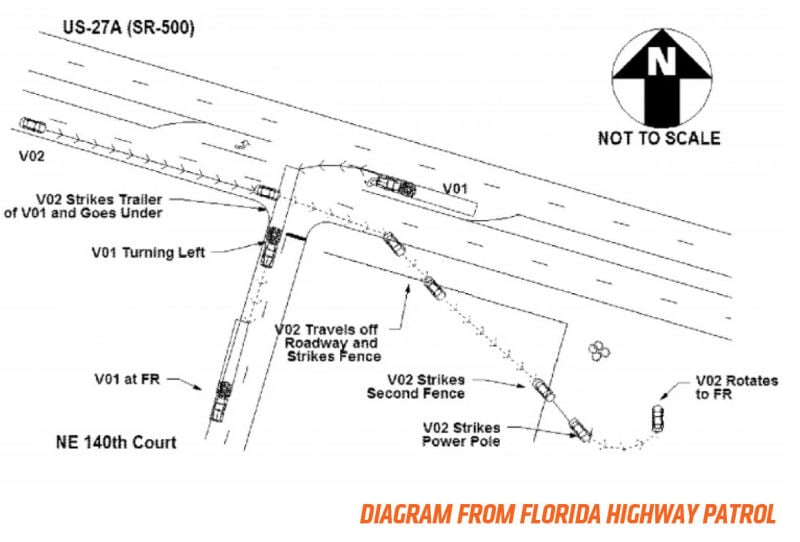This is really sad.
Scary thing is that the truck driver continued on driving, and so did the Tesla for a short while, and it only stopped because the AP camera on the top windshield got destroyed.
Imagine if something goes through the windshield killing the driver, but all AP systems remain operational - the car would just keep on driving...
Elon's comment about the radar confusing with street signs doesn't make any sense. The purpose of radar is to measure the distance to an object, and it clearly should have distinguished the truck a few feet off the ground vs. a street sign 20 feet above the road.
Scary thing is that the truck driver continued on driving, and so did the Tesla for a short while, and it only stopped because the AP camera on the top windshield got destroyed.
Imagine if something goes through the windshield killing the driver, but all AP systems remain operational - the car would just keep on driving...
Elon's comment about the radar confusing with street signs doesn't make any sense. The purpose of radar is to measure the distance to an object, and it clearly should have distinguished the truck a few feet off the ground vs. a street sign 20 feet above the road.




